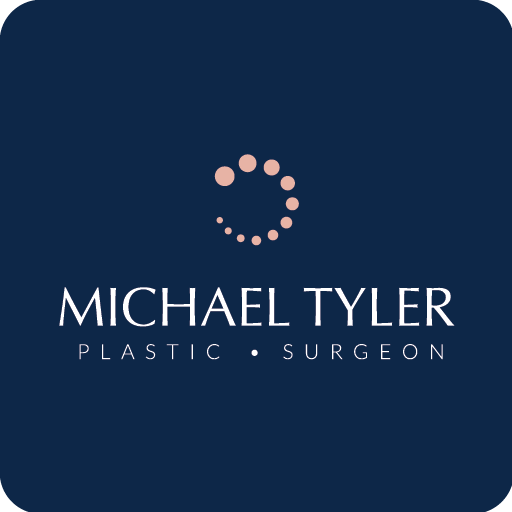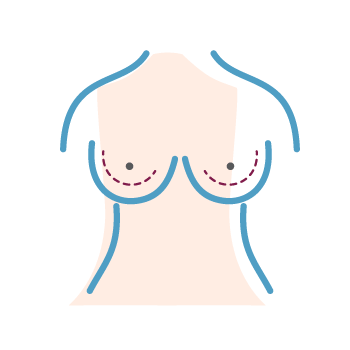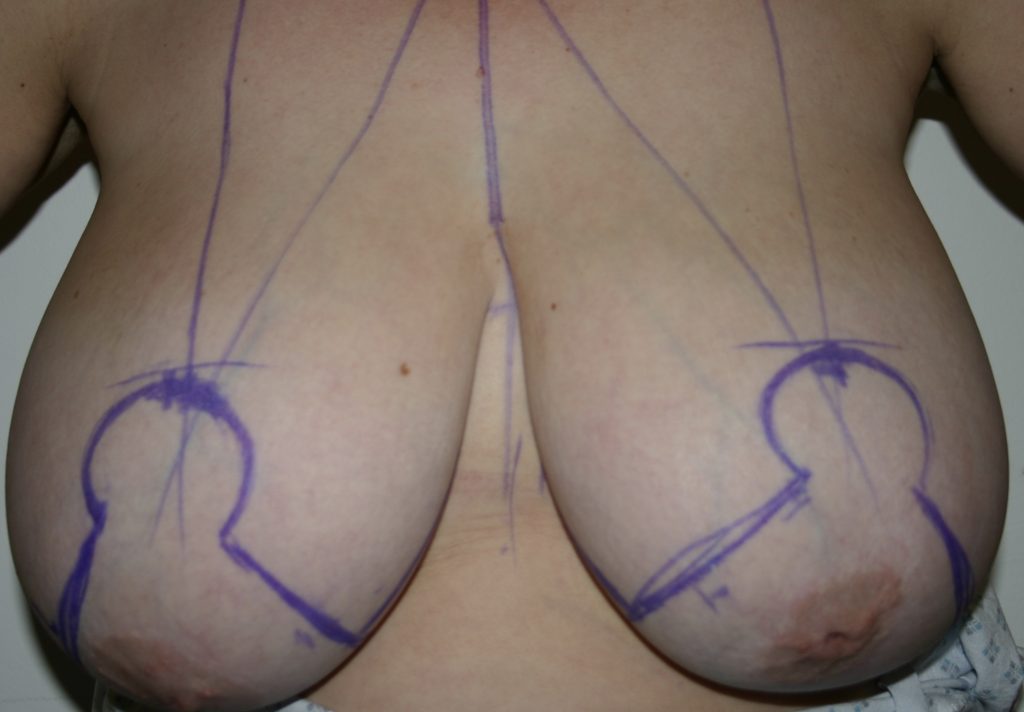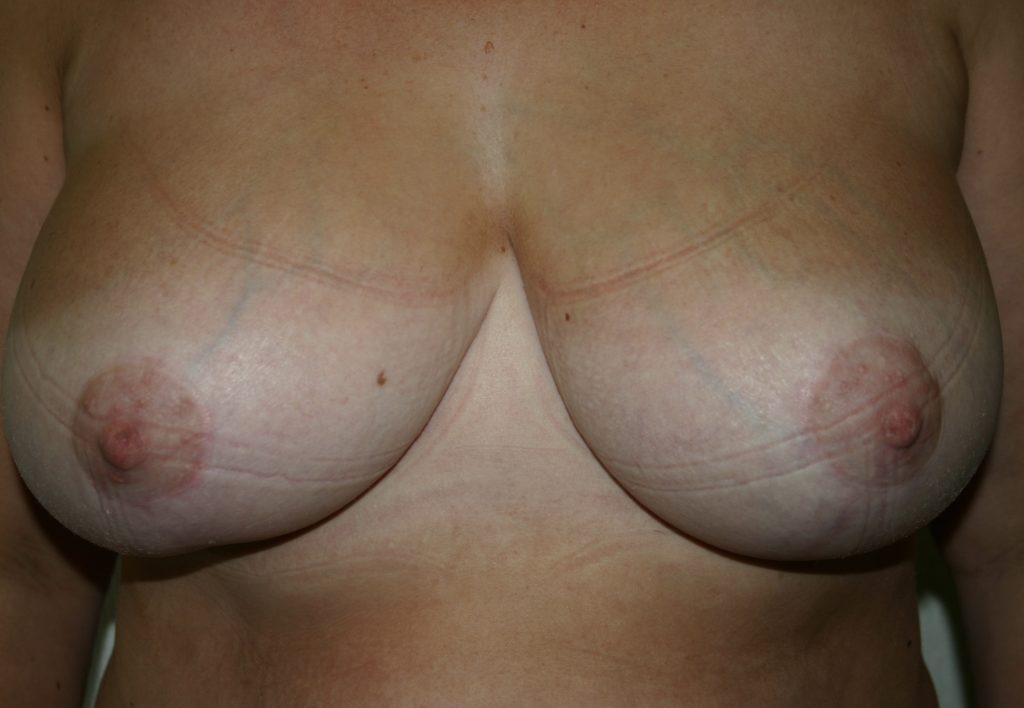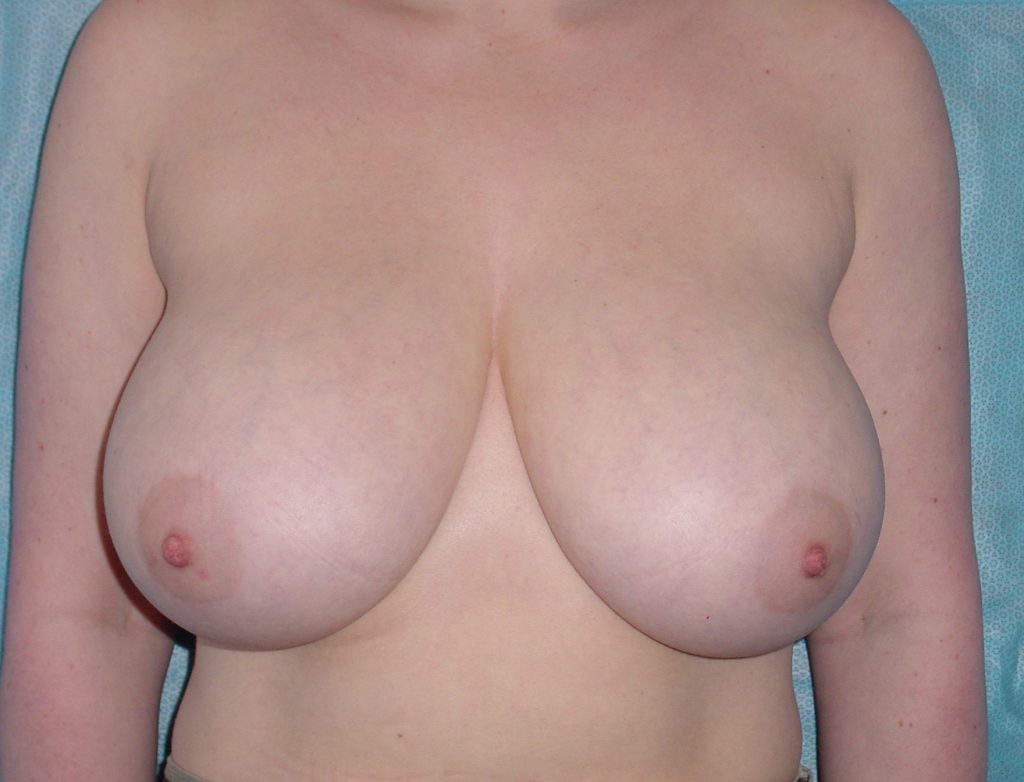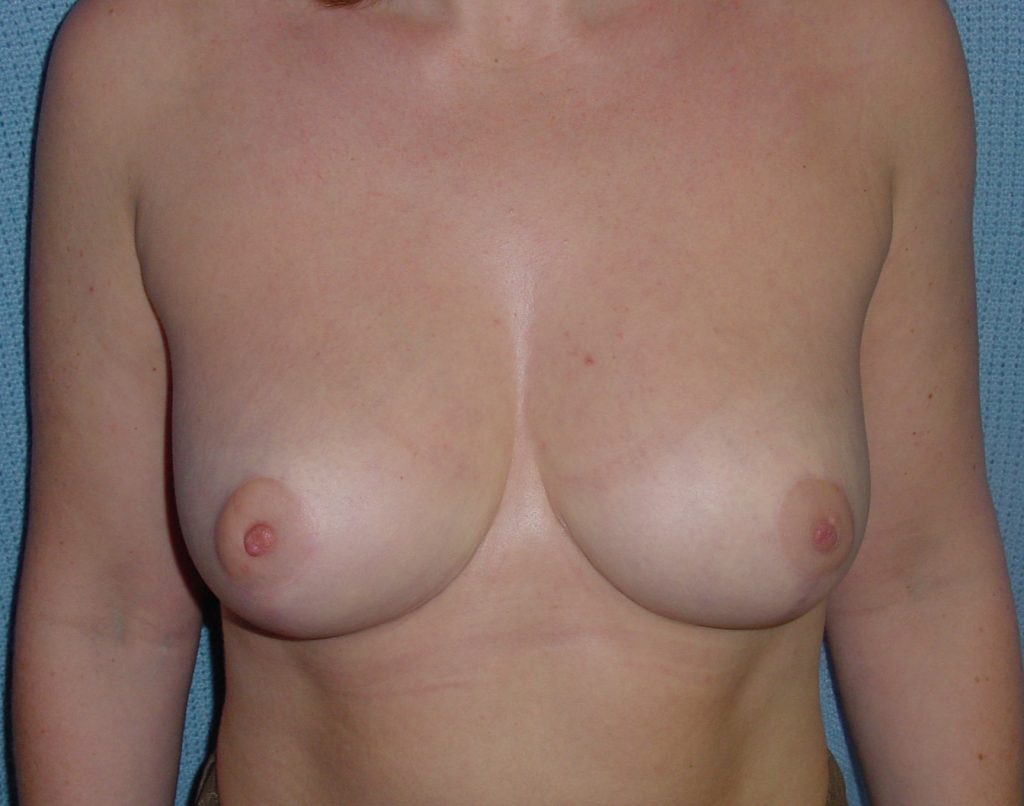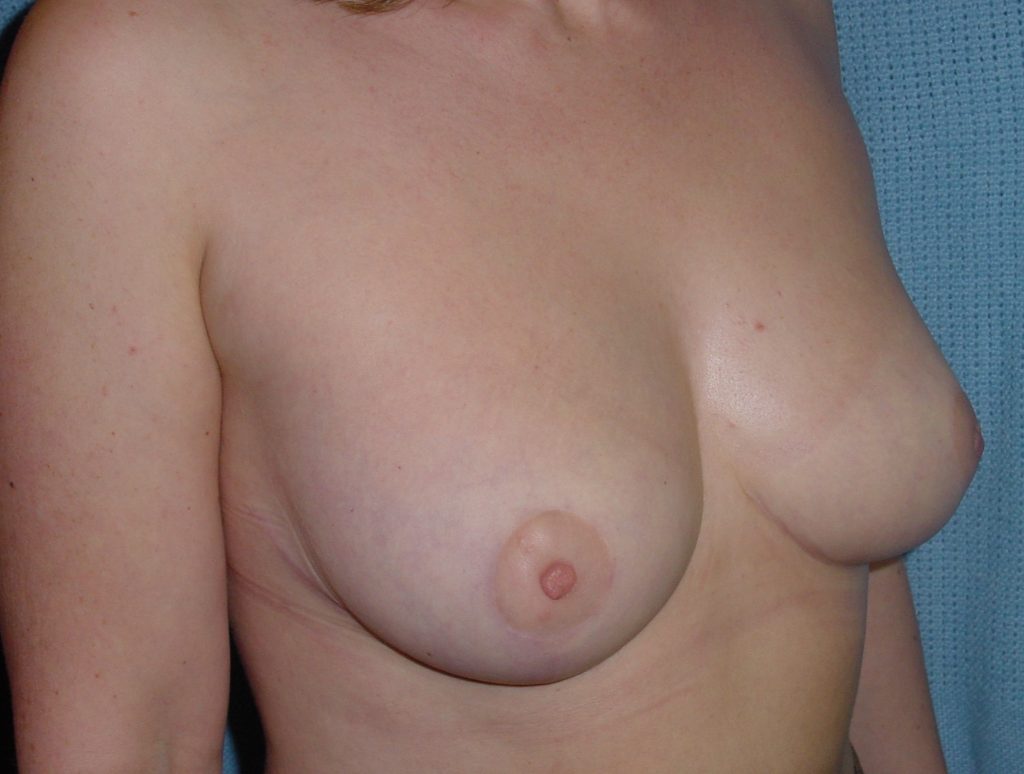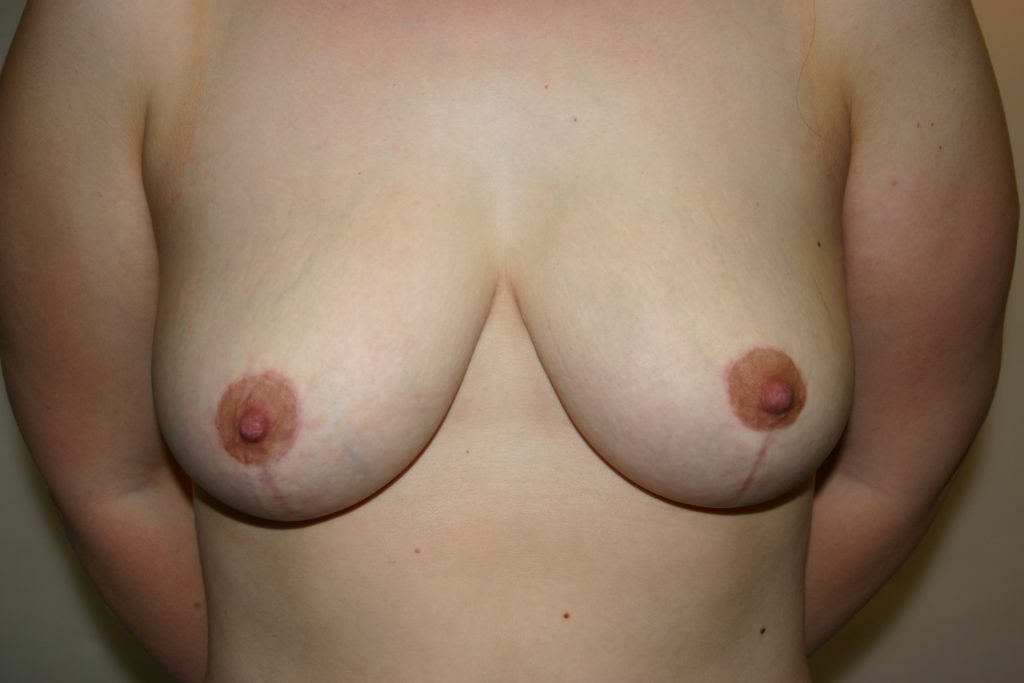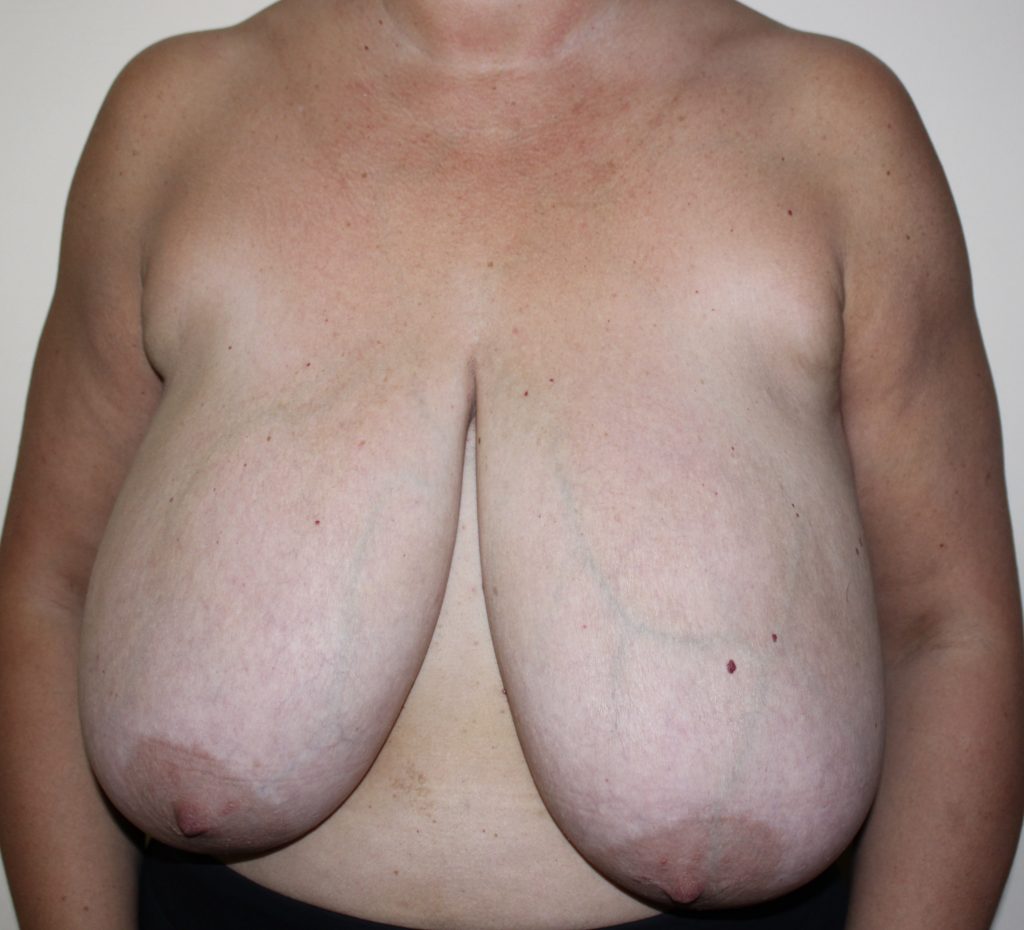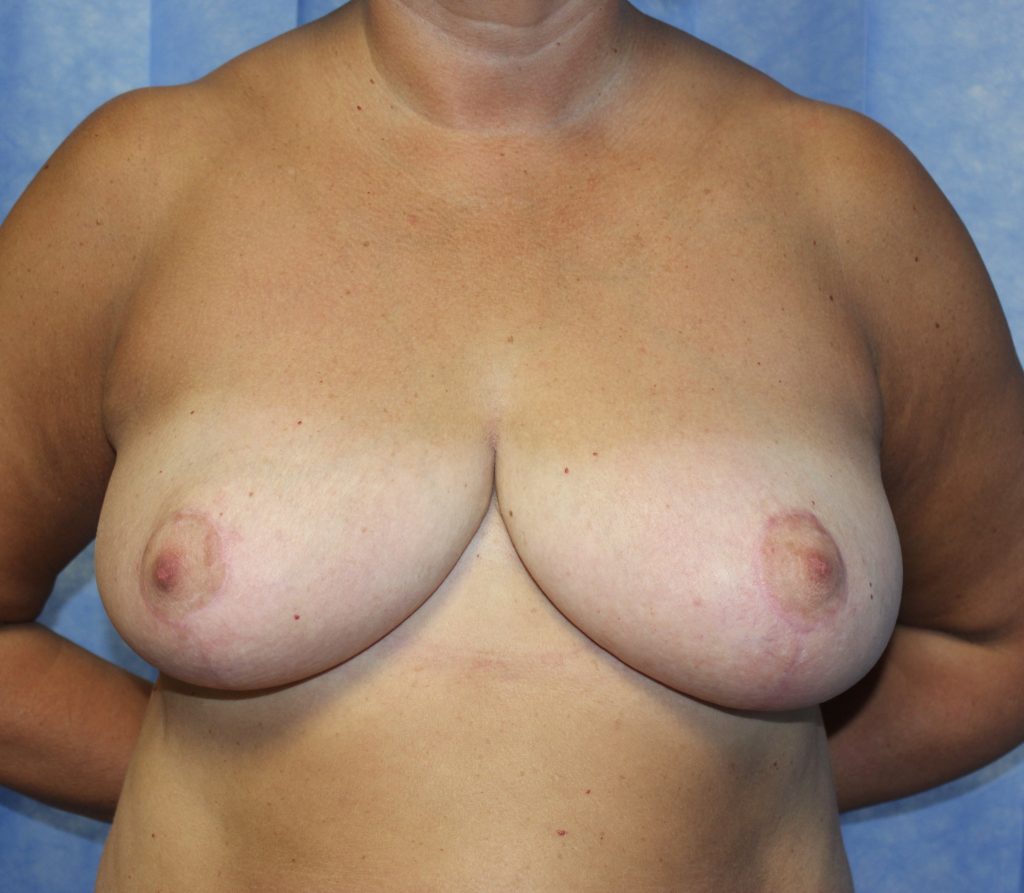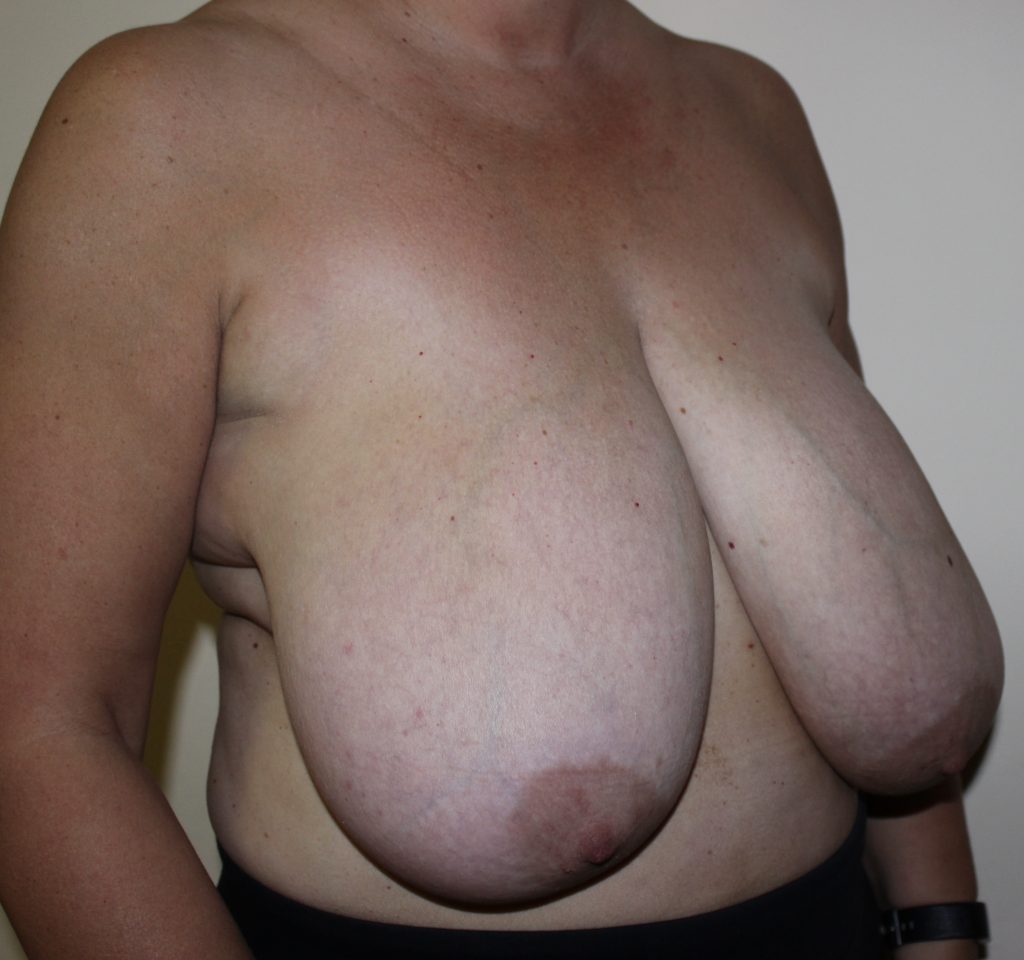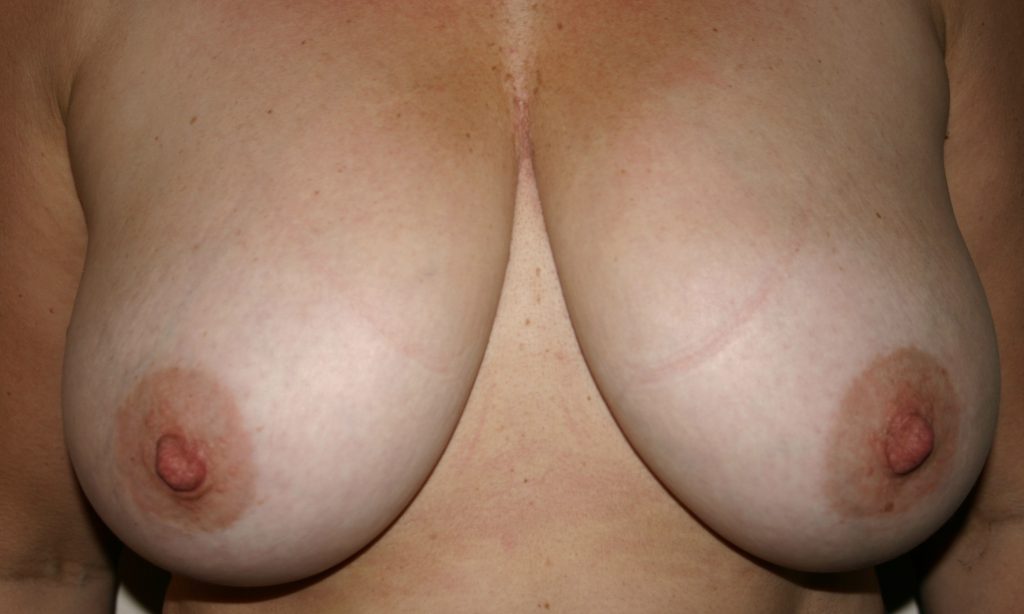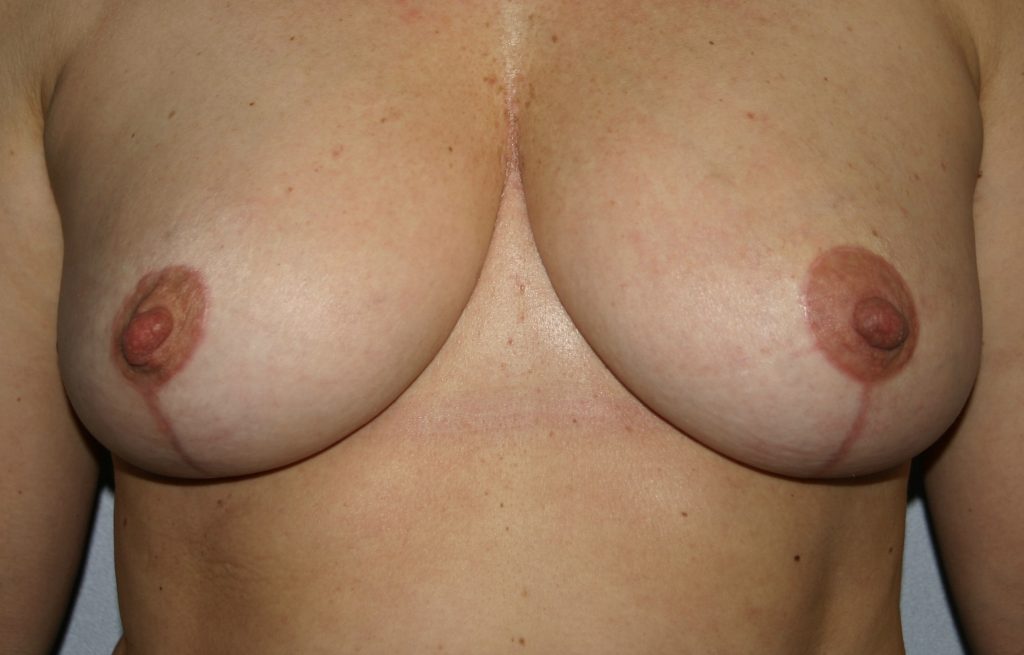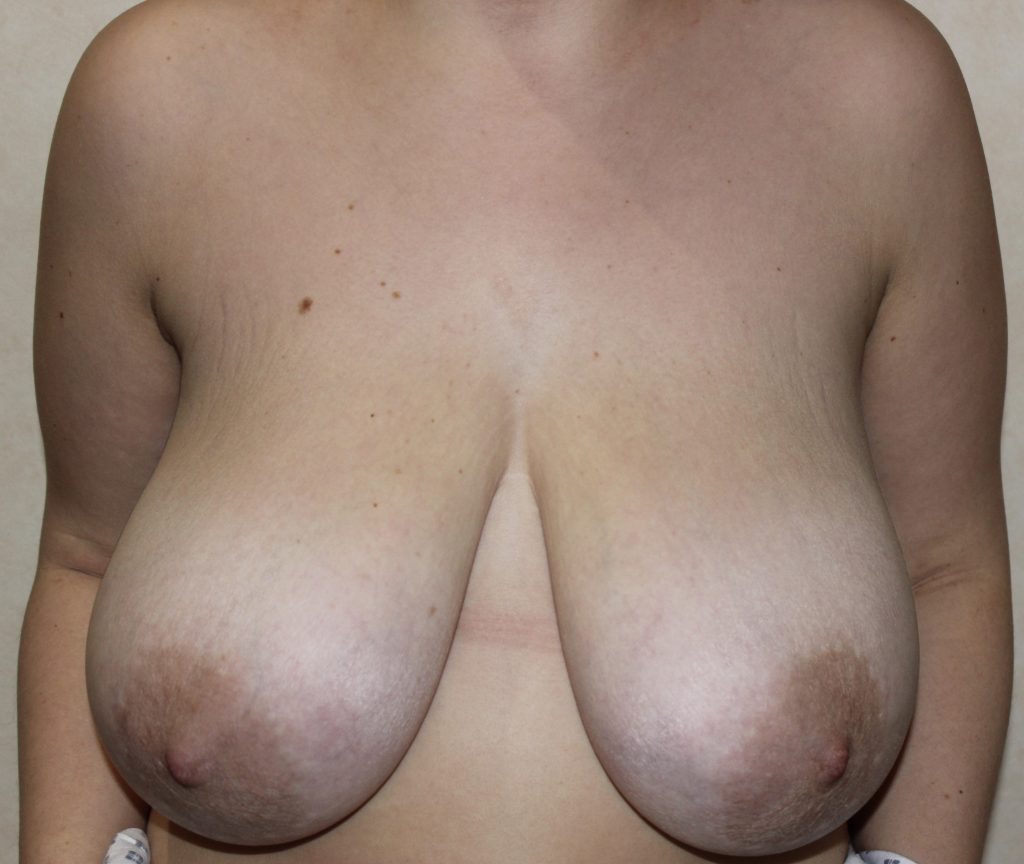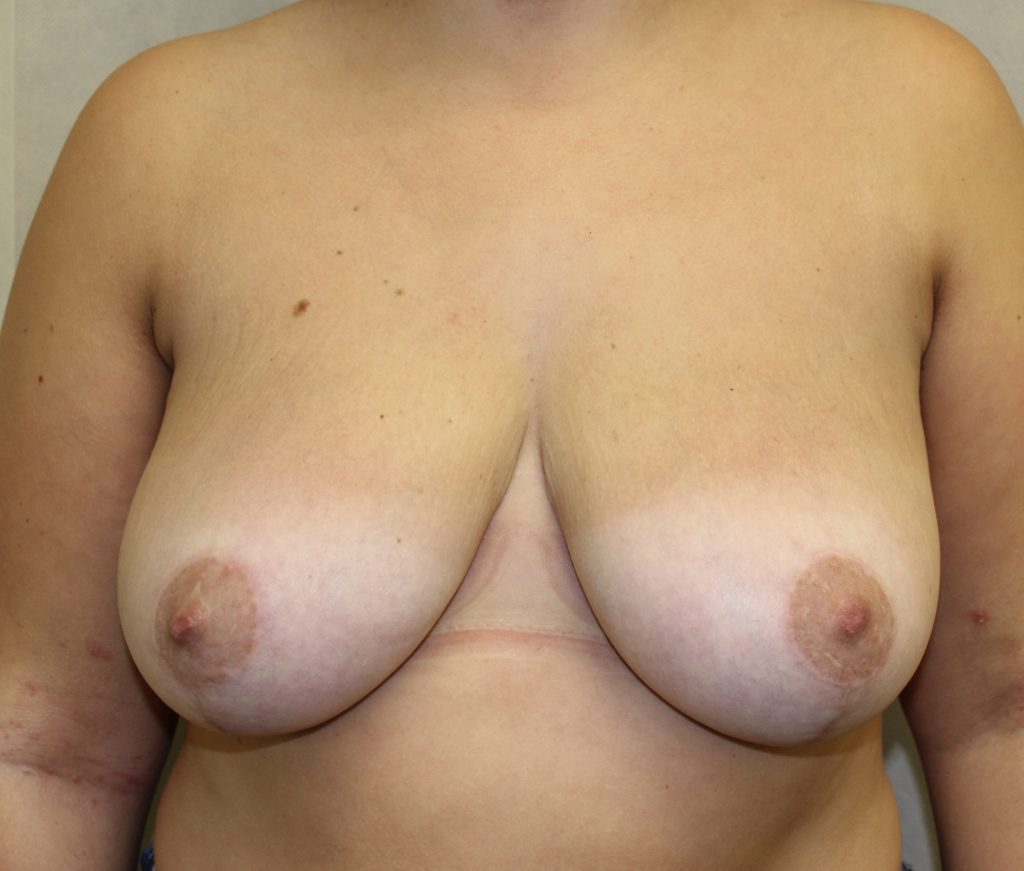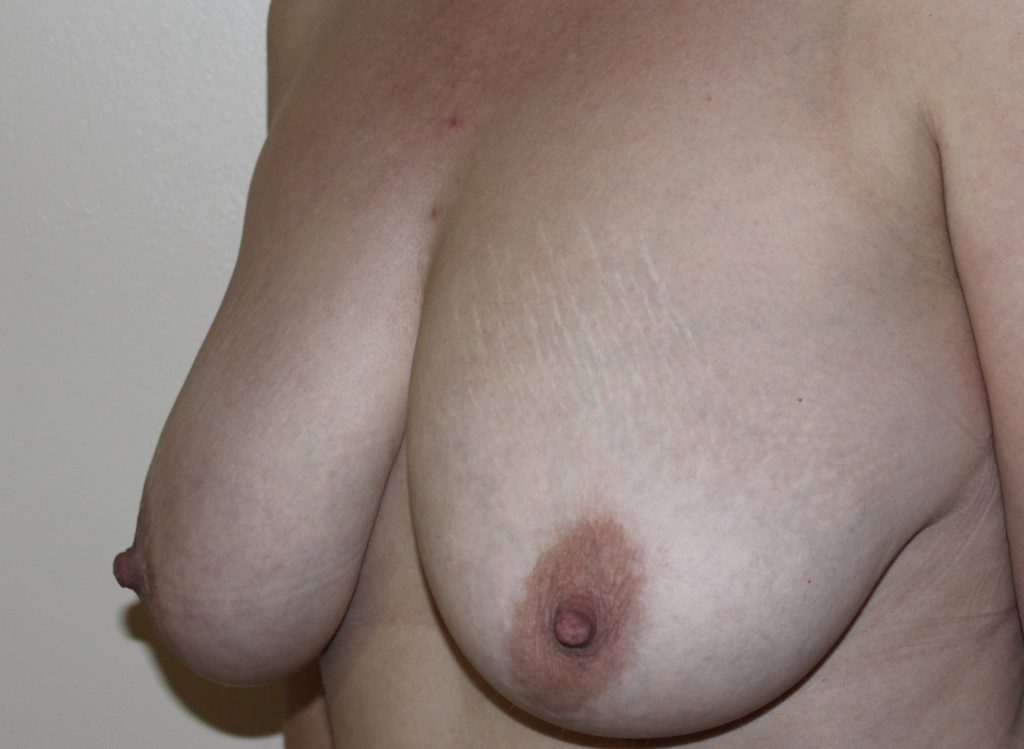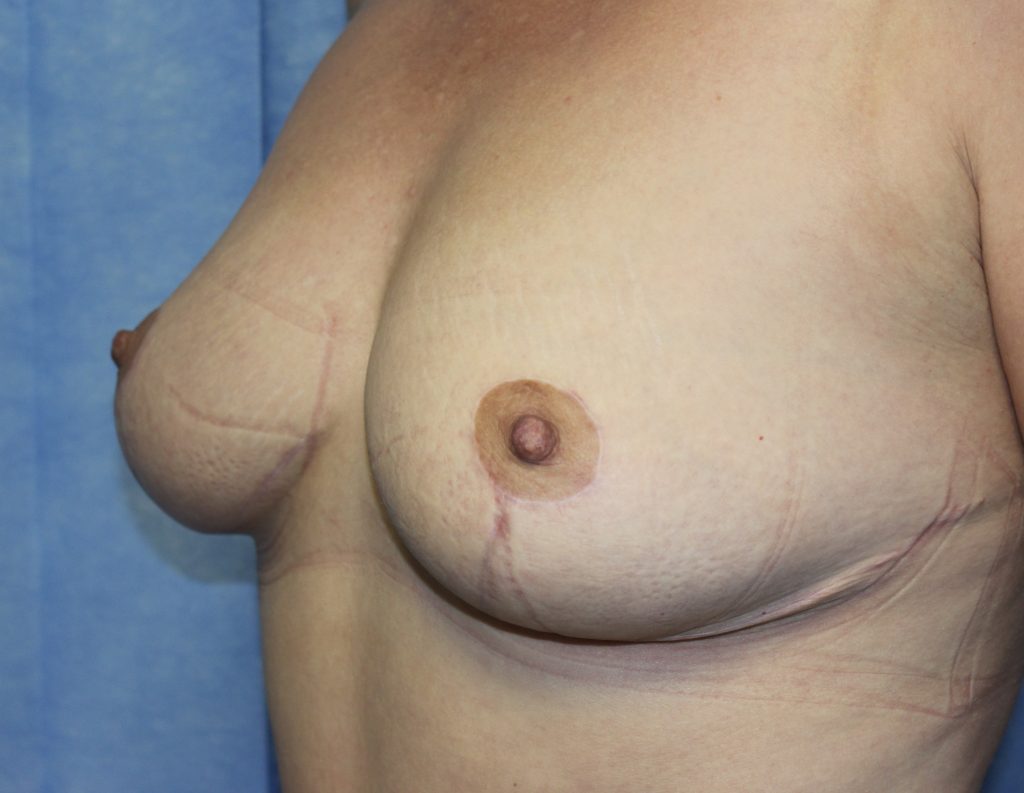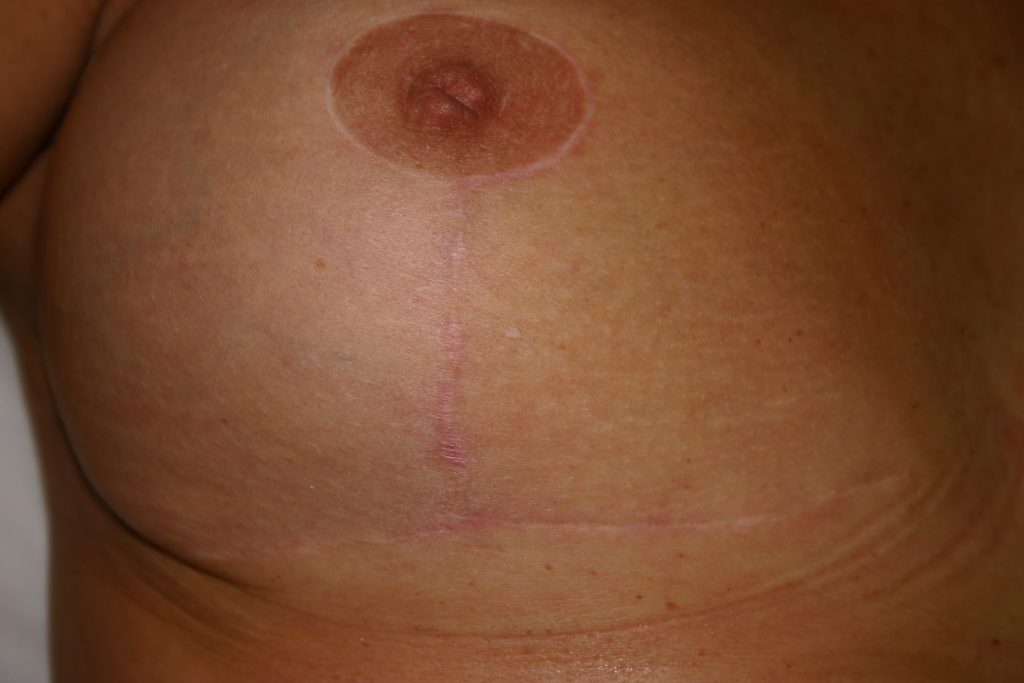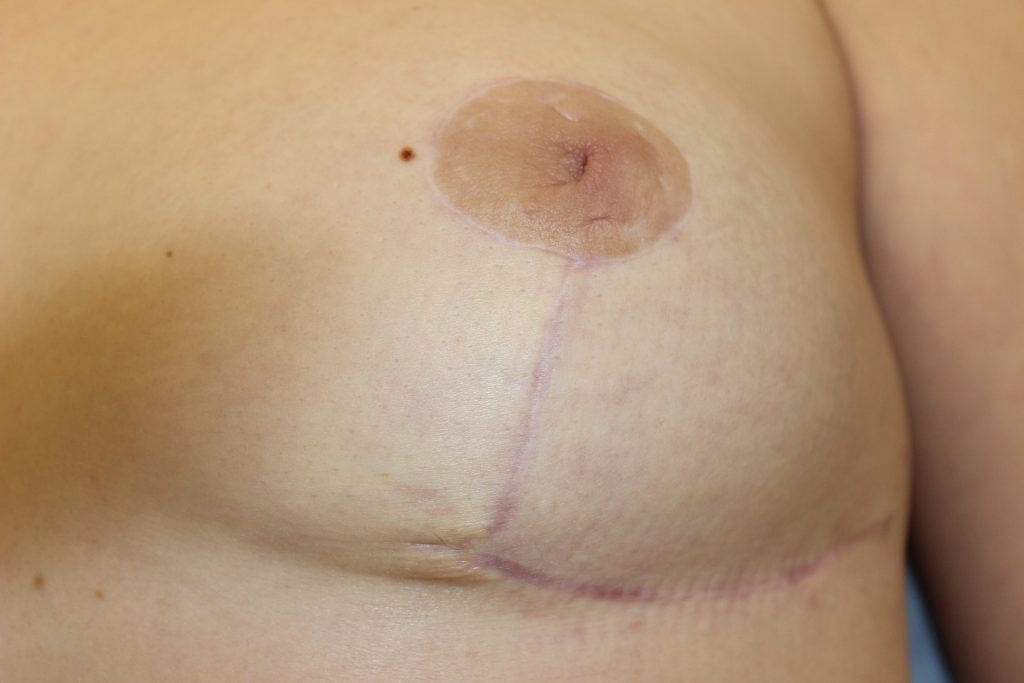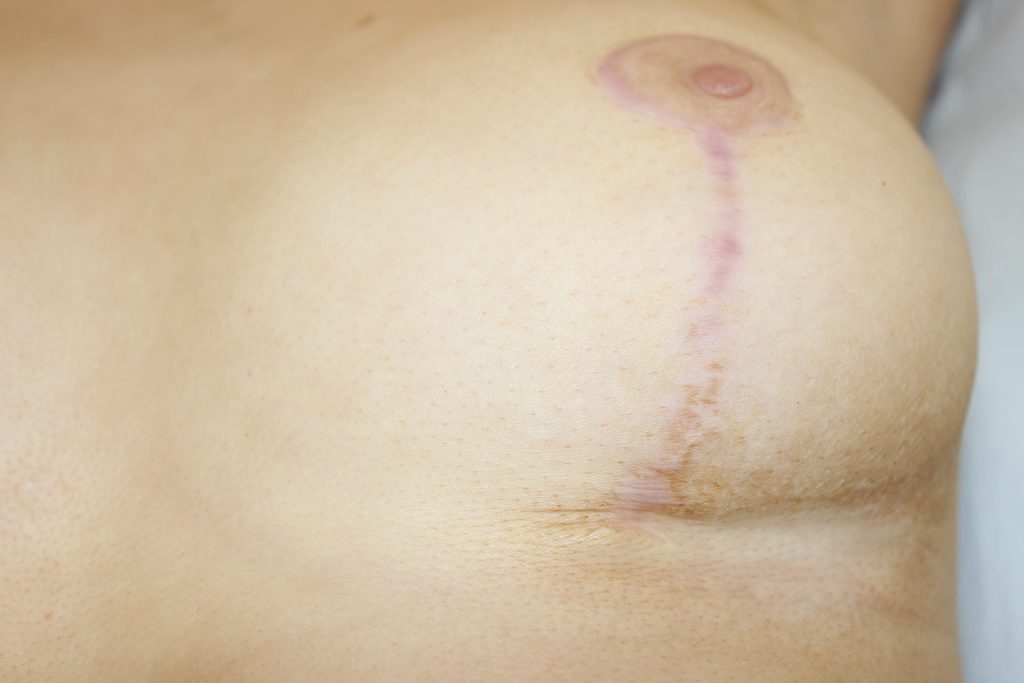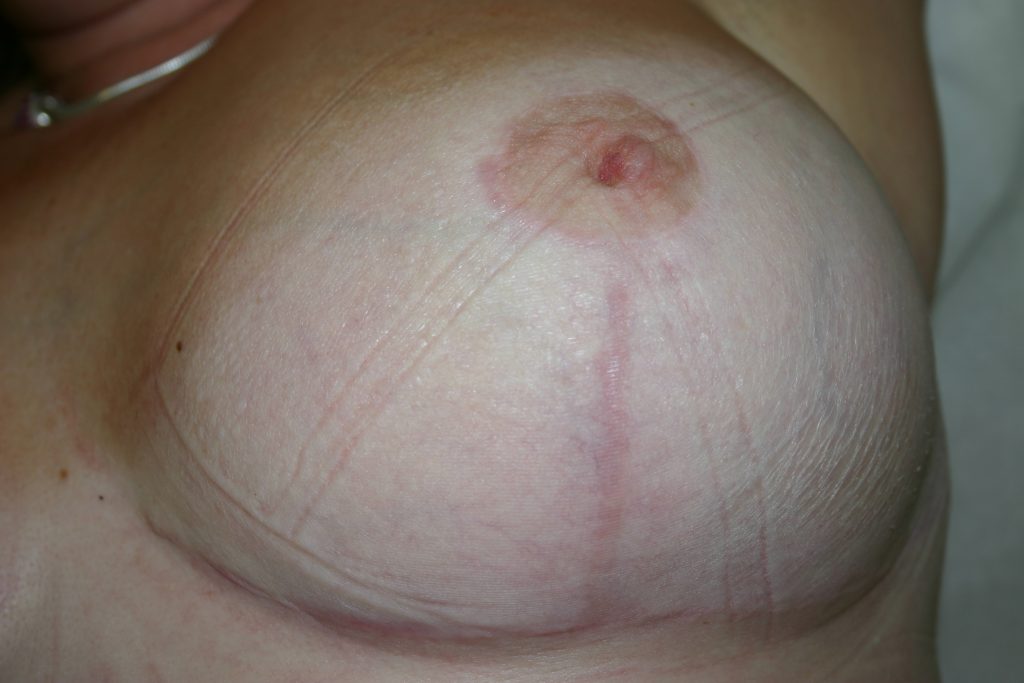Genetics, body weight and hormonal changes can result in some women developing large breasts. If the shape is disproportionate to the rest of the body, it can be difficult to find clothes that fit. For sporty, active women, large breasts can be a hindrance and they can make some women feel very self-conscious. They can also affect posture and be the cause of physical discomfort including back and neck ache.
Breast reduction surgery (known as mammoplasty) has two effects: it removes weight and volume and it uplifts the breast and nipple. Sometimes patients will have the uplift element alone without the volume reduction, this is know as a mastopexy.
A key outcome of our consultation is that I understand your expectations and you understand the risks.
Our consultation will establish the aims of your surgery: what it can and what it can’t achieve.
We will then discuss what will happen before, during and after your operation, what you will experience and the impact on your daily life during the recovery period.
I will describe the effects of surgery including some of the unavoidable consequences, such as the scar and areas which may become numb. I will illustrate these with photos and provide written information.
I will explain the risks of surgery such as bleeding, infection and wound healing problems and how to mitigate against them. I will also advise you about the risks from the anaesthetic such as a DVT (venous blood clot in the legs) and how we reduce these risks.
The consultation is a bespoke interaction between us to help you reach a considered and informed decision.
